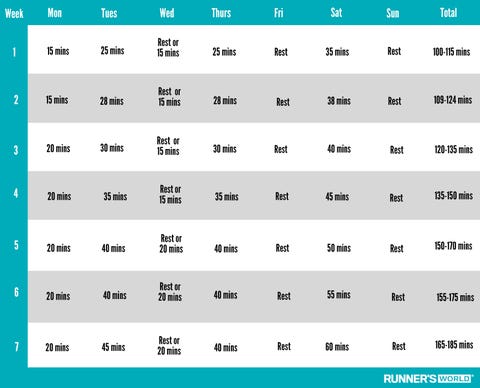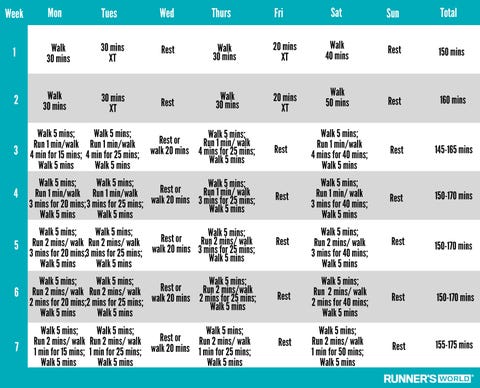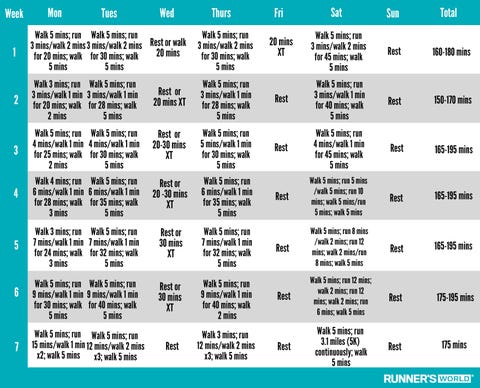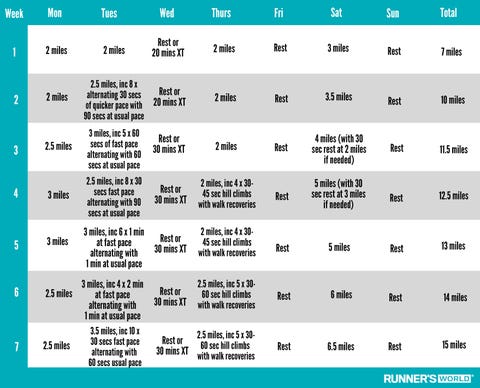Running is one of the most popular forms of exercise around the world, and for good reason. Not only is it a great way to improve cardiovascular health and endurance, but it’s also a low-cost, accessible way to stay fit and healthy. However, if you’ve never been a runner before, starting can feel daunting. It can be challenging to know where to begin, how to stay motivated, and how to avoid injury.
That’s where this beginner’s guide to running comes in. Whether you’re a complete novice or have dabbled in running before, this guide will give you the tools and tips you need to start running today and build a sustainable, enjoyable running habit.
First, we’ll cover the basics, including the benefits of running, what you’ll need to get started, and how to set realistic goals. We’ll then move on to essential topics such as warming up, proper form, and avoiding common running injuries.
Next, we’ll provide you with tips on how to stay motivated and track your progress, including how to incorporate running into your daily routine and how to set achievable goals. We’ll also provide advice on how to handle setbacks and overcome common challenges that new runners face.
Finally, we’ll give you some additional resources to help you continue your running journey, including suggestions for running apps, podcasts, and other tools to help you stay on track and motivated.
By the end of this beginner’s guide to running, you’ll have all the tools and information you need to start running today and build a sustainable running habit that will help you stay fit and healthy for years to come. So, let’s lace up our shoes, hit the pavement, and get started on your running journey!
1.Your goal is to: get motivated
‘Once it’s a habit, exercise feels easier and doesn’t take as much willpower when you don’t feel like it,’ says Charles Duhigg, author of The Power of Habit.
Make a plan: Duhigg says every habit is made up of a group of cues (time, place, music, other people); a reward (chocolate, massage, smoothie); and a routine (the workout). Write down your cues and rewards and post your plan somewhere you can see it.
Keep it regular: Run at the same time of day and listen to the same pre-workout music. ‘The cues have to be consistent,’ says Duhigg. ‘You’re creating neural pathways that make the activity a habit.’
Reward yourself: Treat yourself to something you enjoy straight after you exercise, so your brain associates exercise with an immediate reward. ‘You have to teach the brain through experience,’ says Duhigg.
Build a support system: Equip your routine with things that will make you feel good, says Duhigg. Run with friends or go to a parkrun, and track your miles so you can see your progress.
2. Your goal is to: just get moving
Before your first run, get in the regular exercise habit by walking. This should be a brisk walk – ‘not a race walk, but not a window-shopping walk either’, says Steven Blair, professor of exercise science at the University of South Carolina, US. You can also use a stationary bike or elliptical trainer, but walking is an excellent foundation for running and holds the convenience trump card. ‘The best exercise is the one you will do consistently,’ says Blair.
RELATED STORY

Why all runners should be walking more
A 7 week* walking plan to get your body ready for running:
First Workout: 15 mins
Goal Workout: 60 mins
Are you ready? This plan is for anyone who has yet to exercise at all. It involves only walking, to give your bones, muscles, tendons and fitness the base they need to progress to running without injury.
Room to manoeuver: No time for a longer session? Split the week’s longest in half between morning and afternoon.
*If your BMI is 35 or higher, you’re over 60, or just want gradual progression, use this plan for eight to 12 weeks.

3. Your goal is: to start running
You’re ready to run. And here’s the good news: because you’ll be moving faster, you’ll cover longer distances without adding workout time to your schedule. At the end of this seven-week plan, you’ll be able to complete 175 minutes of exercise per week, running for approximately twice as long as you walk.
A 7-week run-walk plan for beginner runners:
Length of plan: 7 weeks
First workout: Walking for 30 minutes
Goal workout: One hour with run/walk ratio of 2:1
Are you ready? This plan is for the already active, including Stage 1 finishers. In the first two weeks, you’ll exercise for roughly 30 minutes, five days per week. Then, in week 3, you’ll start running.
Room to manoeuvre: If you find yourself ready for a bit more of a challenge, you can pick up the pace: On any given day, work out for the same amount of time, but gradually build to a run/walk ratio of 4:2 minutes, then 6:3 minutes. If you find the plan is moving too quickly for you and want to dial it back, you can repeat any week for as long as you like, until you feel ready to push on.

4. Your goal is to: run non-stop
Want to build your endurance and eliminate the walk breaks? This plan takes you from run/walking up to continuous running. Each run should be done at a conversational pace. If you’re gasping, slow down.
A 7-week beginner running plan to help you run your first 5k:
Length of plan: 7 weeks
First workout: 30 minutes, with 20 minutes at 3:2 run/walk ratio.
Goal workout: Run 3.1 miles (5K) continuously
Are you ready? To begin this plan, you should have spent at least six weeks run/walking for roughly 30 minutes, five days per week, and running at least twice the amount of time you spend walking.
Room to manoeuvre: There’s flexibility in this plan: if it’s too easy, skip ahead to the next week. If your body’s response tells you that the training is moving too fast, spend two weeks or more at each week – although ideally, you’ll complete the programme within a maximum of 14 weeks in total.

5. Your goal is to: run longer
You’ve run a non-stop 5K, now you want to run further. This plan will help you develop the endurance you need to run a 10K, and build the strength to race a 5K. It includes some hills and loosely structured speedwork (fartleks) to build that strength.
A 7-week plan to take you from 5K to 10K:
Length of plan: 7 weeks
First workout: 2-mile run
Goal workout: Run 6-7 miles continuously so you can either race a 5K or finish a 10K
Are you ready? You should have been running for at least 30 minutes, five days per week for at least six weeks, and be able to run three miles or 5K without walking.
Room to manoeuvre: If you’re ready for a greater challenge, skip ahead a week. But don’t rush it. It’s better to build gradually so your body gets used to the extra load, rather than push too hard and risk time on the sidelines with injury. If you feel the plan’s moving too fast, you can repeat any week until you’re ready to progress. Though ideally, you’ll complete this plan in 14 weeks.

6. Your goal is to: get faster
This eight-week plan is for those who can already run five or six miles and want to boost their speed. It will develop endurance, introduce you to speedwork to boost your leg and lung power, and develop ‘pace awareness’ to help you avoid going out too fast.
An 8-week plan to help beginner runners get faster:
Length of plan: 8 weeks
First workout: 2 miles easy
Goal workouts: 8-mile run; 4×800 @5K pace
Are you ready? This plan is for ‘advanced beginners’. To qualify for that title, you should already be running a total of around 18 miles per week, including a five-mile long run.
Room to manoeuvre: If time pressures mean you can only run four days a week rather than the prescribed five, you can skip the shortest easy run of the week. There’s flexibility in when you fit the other sessions in, too. Most runners tend to do their long runs at the weekends, free from the demands of the nine-to-five – but you can shift days and run long midweek if it better suits your routine.


